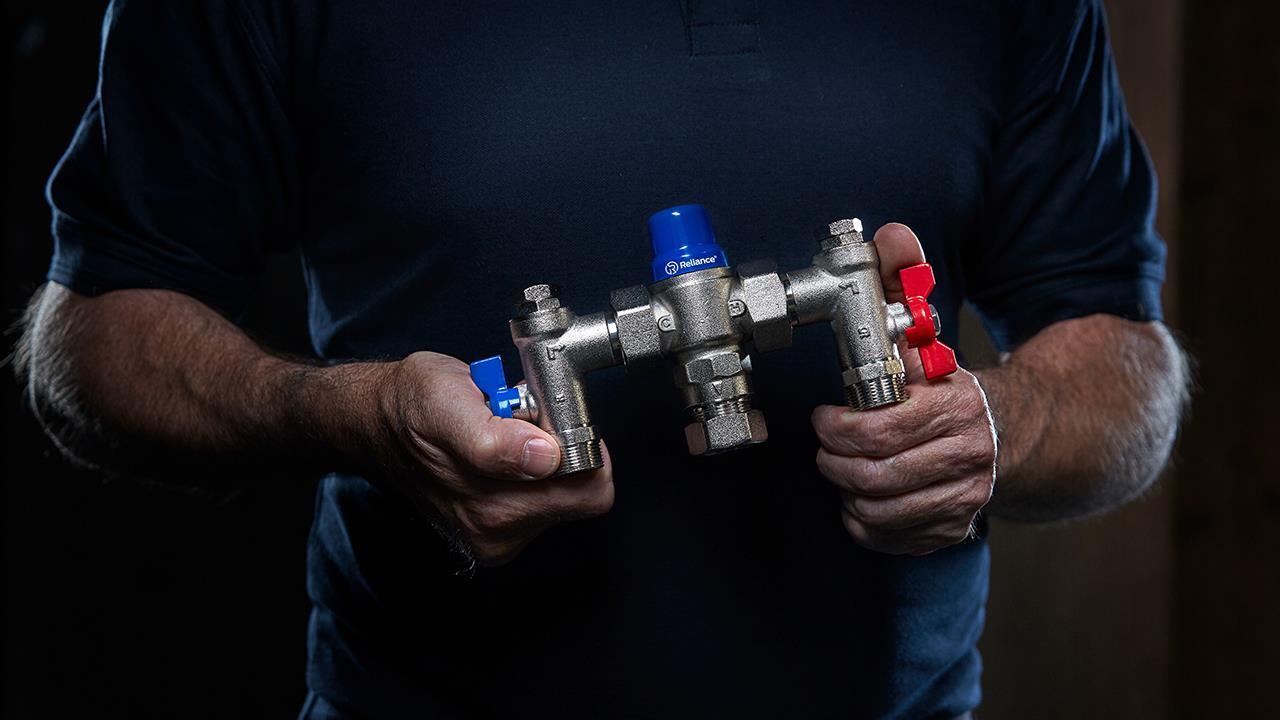

Last article, we talked about thermostatic mixing valves (TMVs). How they function, when and where to install them, and why they are a crucial safety feature for all plumbing systems – domestic, commercial, and healthcare.
This time, we will cover an equally important aspect for TMVs: legislation and best practice. So, let’s get right to it.
Domestic
Under Part G of the Building Regulations, all new homes, including those created through change of use, must have the temperature of hot water supplied to a bath limited to no more than 48°C. To achieve compliance, fitting a TMV is your best bet.
To avoid all doubt, as of April 2016, the removal or replacement of a bath or bathroom is classed as a renovation and installers must adhere to this regulation, which means fitting a TMV is a must.
Commercial
Commercial environments are deemed as higher risk than domestic, due to more frequent use and subsequently greater chances of scalding or harm through Legionella bacteria. Hence, most installers will adhere to the TMV2 scheme, even though it is not compulsory.
A TMV2-certified valve must be fitted, commissioned, and tested in accordance with the scheme and annual testing and recording is required for compliance. Don’t forget, group mixing is allowed via one TMV, however, the furthest outlet must be blending within 2°C of the closest outlet.
Healthcare
Whether in care homes or hospitals, only TMV3-certified valves are approved for installation in healthcare settings. All showers, baths, and taps must be fitted with one TMV3 per outlet, no further than 2m away. Installers need to be aware that all TMV3 valves need to be tested upon installation, then again six weeks later, and then at intervals of six months.
Most importantly, all records of installation and testing must be kept.
Landlords and TMV2 valves
Safety of end-users is always your main concern when installing a plumbing system, but why are TMV2 valves important for landlords especially?
TMV2 valves require annual testing, which safeguards tenants and protects landlords from potential costly scalding liability.
Disruption to tenants and premises is minimal. Testing of the valve requires checking that the failsafe shut-off function works and the previous set temperature is maintained. This is done without tools, leaving no mess behind. And any testing can be tied in with the annual boiler checks, giving landlords and homeowners complete peace of mind.
If you'd like to keep up-to-date with the latest developments in the heating and plumbing industry, why not subscribe to our weekly newsletters? Just click the button below and you can ensure all the latest industry news and new product information lands in your inbox every week.